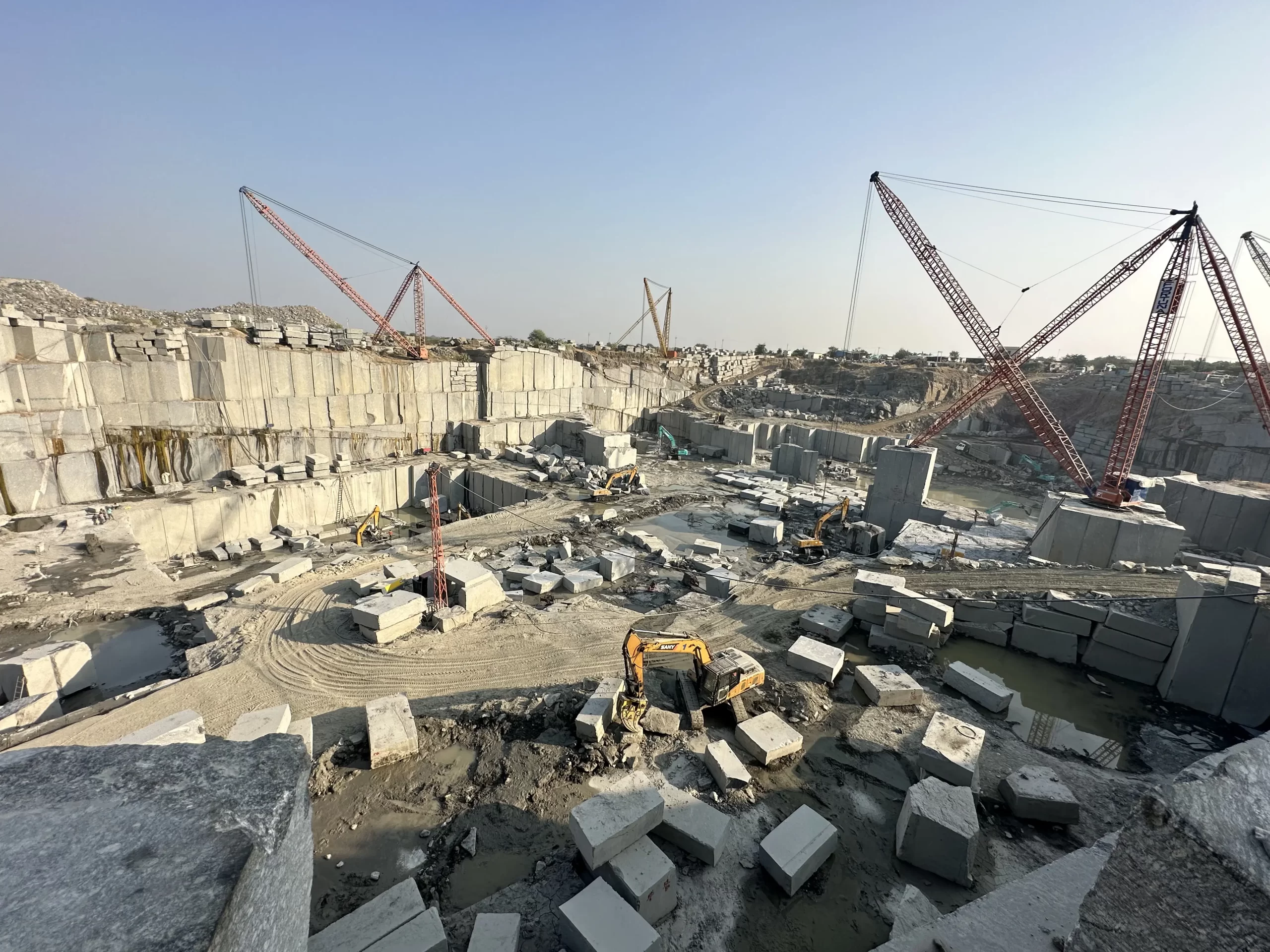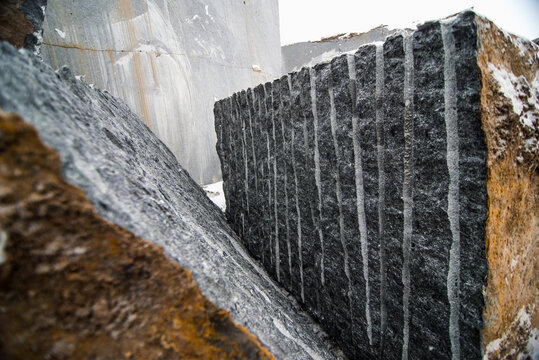Opening Natural Prizes: Granite Quarries in South Africa Unveiled
Opening Natural Prizes: Granite Quarries in South Africa Unveiled
Blog Article
Uncovering the Rich History and Lasting Practices of Granite Quarrying
As we base on the precipice of discovering the elaborate tapestry of granite quarrying, a journey through time exposes not just the physical act of drawing out rock but likewise the social and historic significance woven right into the extremely fabric of this practice. From the ancient beginnings that laid the foundation for contemporary quarrying strategies to the lasting techniques that are shaping the future of this industry, each sculpt mark on granite surface areas narrates waiting to be unearthed (granite quarries in south africa). The tradition of granite quarrying stretches much beyond mere extraction; it is a testimony to human resourcefulness, strength, and the enduring appeal of this marvelous stone
Ancient Beginnings of Granite Quarrying
Going back to old human beings, the technique of quarrying granite has actually been an important component of human background and building advancement. The earliest evidence of granite quarrying go back to ancient Egypt, where massive pyramids and elaborate sculptures were crafted from this sturdy rock. The Egyptians utilized primitive devices to remove granite blocks from quarries, showcasing the relevance of this material in their significant building and constructions.
Progressing in history, the Greeks also made considerable contributions to the quarrying of granite. The Greeks used granite in various building wonders, such as temples and statuaries, showing their skill in shaping and carving this hardy stone. The Romans additionally fine-tuned the techniques of quarrying granite, employing sophisticated tools like chisels and hammers to extract and form granite for their famous frameworks.
Through the centuries, the technique of quarrying granite has actually evolved, with modern technologies enhancing effectiveness while keeping the timeless appeal of this natural stone - granite quarries in south africa. From ancient people to modern builders, the heritage of granite quarrying remains to form our world
Development of Quarrying Strategies
The evolution of quarrying techniques has been noted by a continual development in the direction of greater efficiency and precision in removing granite. From the simple methods used by our ancestors to the sophisticated innovations used in contemporary quarrying procedures, the market has gone through considerable advancements. Early quarrying techniques included hand-operated labor with basic devices such as chisels, hammers, and wedges to remove granite blocks from the earth. As civilizations advanced, methods like fire-setting and primitive explosives were presented to promote the extraction process.
In even more recent times, the advent of machinery reinvented the quarrying market, making it possible for quicker extraction prices and raised efficiency. Technologies such as diamond wire saws, high-pressure water jets, and pneumatic drills have ended up being conventional in modern quarries, enabling exact cutting and decreased waste. Developments in computer-controlled devices and 3D modeling have optimized quarrying operations, leading to marginal ecological effect and boosted sustainability techniques. As the demand for granite remains to climb, the advancement of quarrying techniques stays integral to conference industry needs efficiently and sustainably.
Social Relevance of Granite
Granite holds a profound cultural value throughout various civilizations due to its long-lasting visibility in architectural masterpieces and respected monuments. From the majestic pyramids of Egypt to the my blog intricate makings of the Angkor Wat temple in Cambodia, granite has actually been a material of choice for expressing majesty and longevity in cultural heritage. In old Rome, granite columns decorated temples and public buildings, representing toughness and permanence. The social relevance of granite extends beyond its physical attributes; it personifies durability, stability, and eternity, making it an icon of withstanding legacies and practices.

Sustainable Practices in Quarrying
Among the rich background of granite quarrying and its social value exists a growing focus on sustainable methods within the industry. As environmental understanding and issues about source depletion have actually increased globally, the quarrying sector has increasingly embraced sustainable techniques to reduce its influence on the atmosphere and surrounding neighborhoods.

Additionally, recovery and rehab of quarry websites post-extraction are integral to lasting techniques. By recovering quarried locations to a natural or advantageous state, such as producing wild animals habitats or leisure spaces, quarriers can counter the environmental impact of their operations and add positively to the regional community.
Legacy of Granite Quarrying
With a historic background soaked in workmanship and commercial progression, what sustaining impact has granite quarrying left on the landscape of contemporary society? The tradition of granite quarrying goes beyond plain removal methods; it has shaped building marvels, metropolitan landscapes, and social heritage worldwide. The sturdy nature of granite has made it a preferred selection for monuments, buildings, and framework, standing as a testimony to the ability and virtuosity of quarry employees across generations.
Furthermore, the economic footprint of Get More Info granite quarrying can not be ignored. The sector proceeds to provide employment possibility and drive local economic climates in areas where granite removal is prevalent. It has likewise spurred technological advancements in quarrying strategies and tools, bring about extra effective and lasting practices.
In regards to sustainability, the tradition of granite quarrying consists of efforts to mitigate environmental effects with recovery jobs and liable source management. By balancing financial rate of interests with ecological stewardship, the sector makes every effort to make sure that future generations can proceed to take advantage of this long-lasting all-natural resource.
Verdict

Report this page